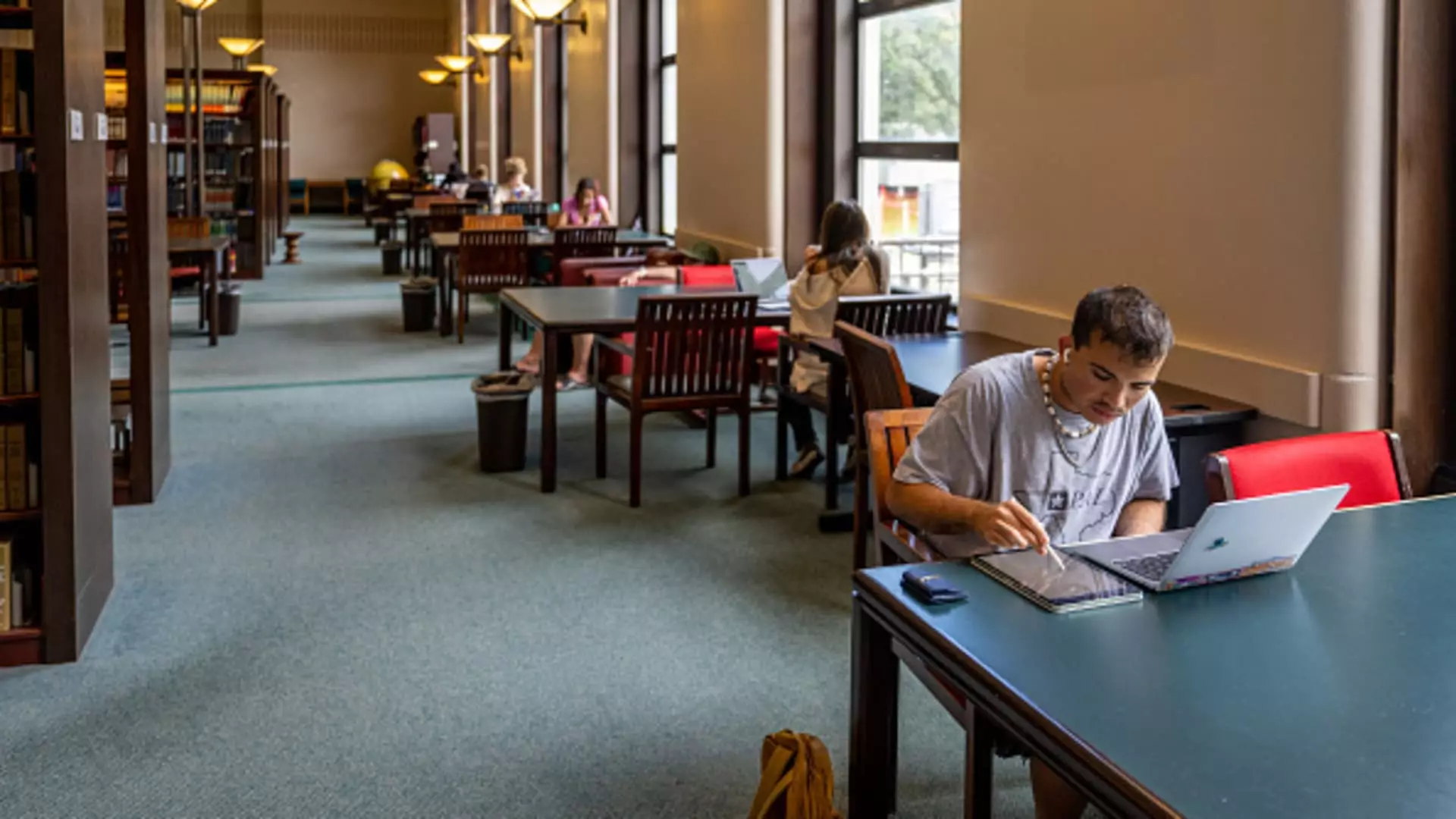The recent expiration of the one-year grace period for student loan borrowers has ignited a wave of anxiety among millions of Americans. This “on ramp,” enacted to ease the transition back into repayment after the extended pause prompted by the COVID-19 pandemic, provided critical relief for borrowers struggling to incorporate payments into their financial plans. However, as of September 30, that window has closed, and the implications are starting to unfold.
As student loan servicers resume marking missed payments to credit agencies, borrowers face the startling reality that their credit scores are once again at risk. This three-digit number, which plays a pivotal role in their ability to secure loans and favorable interest rates, could plummet if payments are missed. Prolonged inactivity in addressing repayment responsibilities may lead many to a financial precipice, especially those who were already precariously positioned before the pandemic.
Research from the National Endowment for Financial Education (NEFE) reveals that while 47% of borrowers have resumed payments, a staggering 26% have opted to make none at all since the end of the payment freeze. The temporal suspension of debt obligations, while a necessary intervention during a national crisis, has led to a false sense of security for many. This has resulted in some borrowers now struggling to allocate $500 to $1,000 monthly for loan repayments — money that is often critical for other living expenses.
The heightened risk to borrowers’ credit scores has been substantiated by data from surveys conducted by Intuit Credit Karma, which found that 20% of respondents have not engaged in any payments since the repayment pause ended. Among those who have withheld payments, an alarming 69% express concern about their ability to manage accrued interest, ultimately fearing long-term damage from delinquencies that could appear on their credit reports.
The context is stark: loans that are received without repayment can create a pervasive expectation of debt forgiveness among borrowers. Alarmingly, surveys reveal that nearly half of student loan borrowers remain hopeful for yet-to-materialize relief, largely attributing this belief to potential public service opportunities or government actions that may come in the future. This phenomenon is underscored by financial experts who caution that such assumptions could lead to detrimental outcomes, as realistic pathways to resolution remain uncertain at best.
Recognizing the lingering burden of payments becoming due, borrowers must begin to budget wisely and actively seek strategies to cope. Experts suggest that, given the scope of these financial responsibilities, it is crucial for individuals to reassess their financial landscapes. Andrew Housser, co-CEO of Achieve, emphasizes the importance of developing a concrete budget that incorporates student loan payments without endangering overall financial health.
The return to payments has prompted many to rethink their educational pursuits altogether, with NEFE data showing that 31% of borrowers are now less likely to pursue further education. The toll of existing debt has been underscored by separate findings from EdAssist by Bright Horizons, indicating that an overwhelming percentage of workers feel deterred by the prospect of incurring additional student loan debt.
Ultimately, it is necessary to reflect on the rising concern surrounding the value of higher education against the backdrop of substantial loan burdens. A significant portion of borrowers has expressed remorse, with 86% feeling that their degrees do not justify the sacrifices made to finance their educational journeys. The discourse surrounding higher education financing begs the question: are institutions effectively preparing students for the economical realities they will face post-graduation?
As financial advocates assert, future students should be mindful of perceived earning potential in conjunction with anticipated loan amounts. Institutions bear a responsibility to provide transparent guidance, ensuring that prospective students are equipped with a realistic understanding of their educational investments.
While missed payments pose imminent threats to financial stability and credit ratings, there are still avenues for individuals grappling with repayments. Borrowers are encouraged to seek options like loan consolidation, refinancing, or discovering repayment programs designed to ease financial strain. Creating a proactive budget and exploring available relief resources will be paramount in successfully navigating this new chapter of student loan repayment.
The end of the grace period marks a pivotal moment for student loan borrowers who must now grapple with the financial realities stemming from an extended pandemic pause. Failure to act could jeopardize both individual credit scores and broader economic well-being. As a society, we must collectively focus not only on fostering financial literacy but also on advocating for lasting reforms that address the core issues surrounding student loan debt and its long-term implications.

